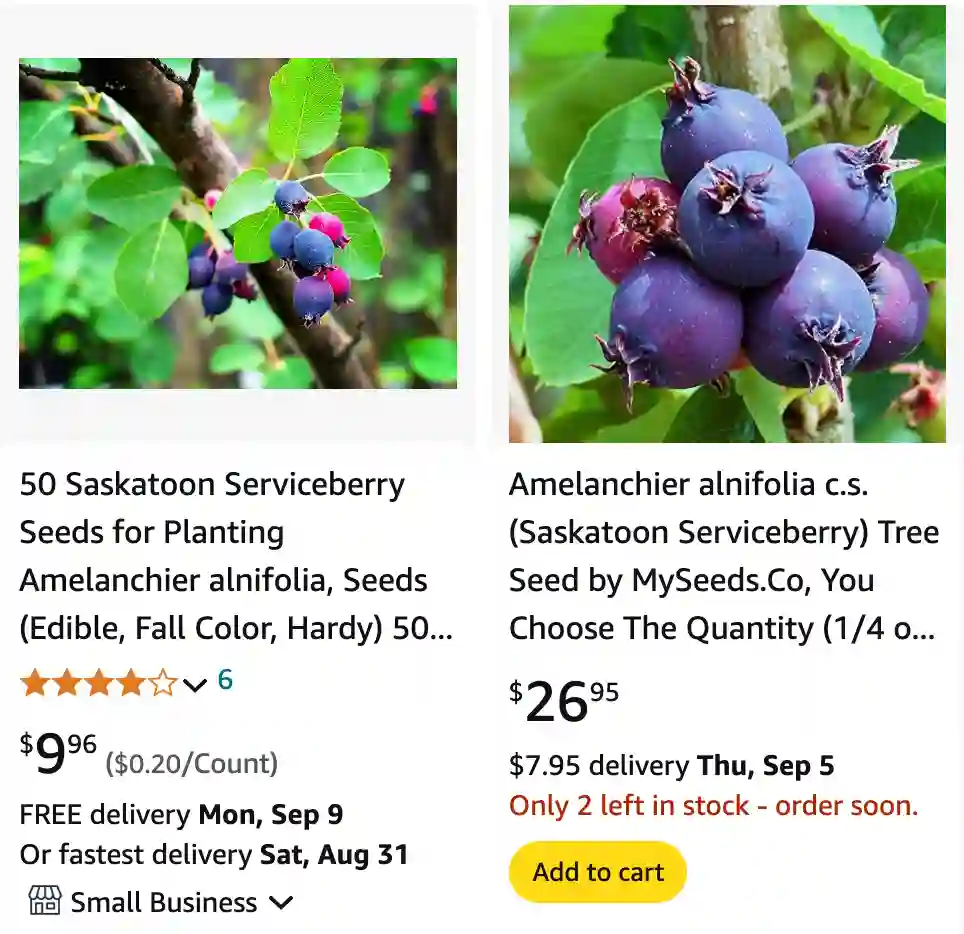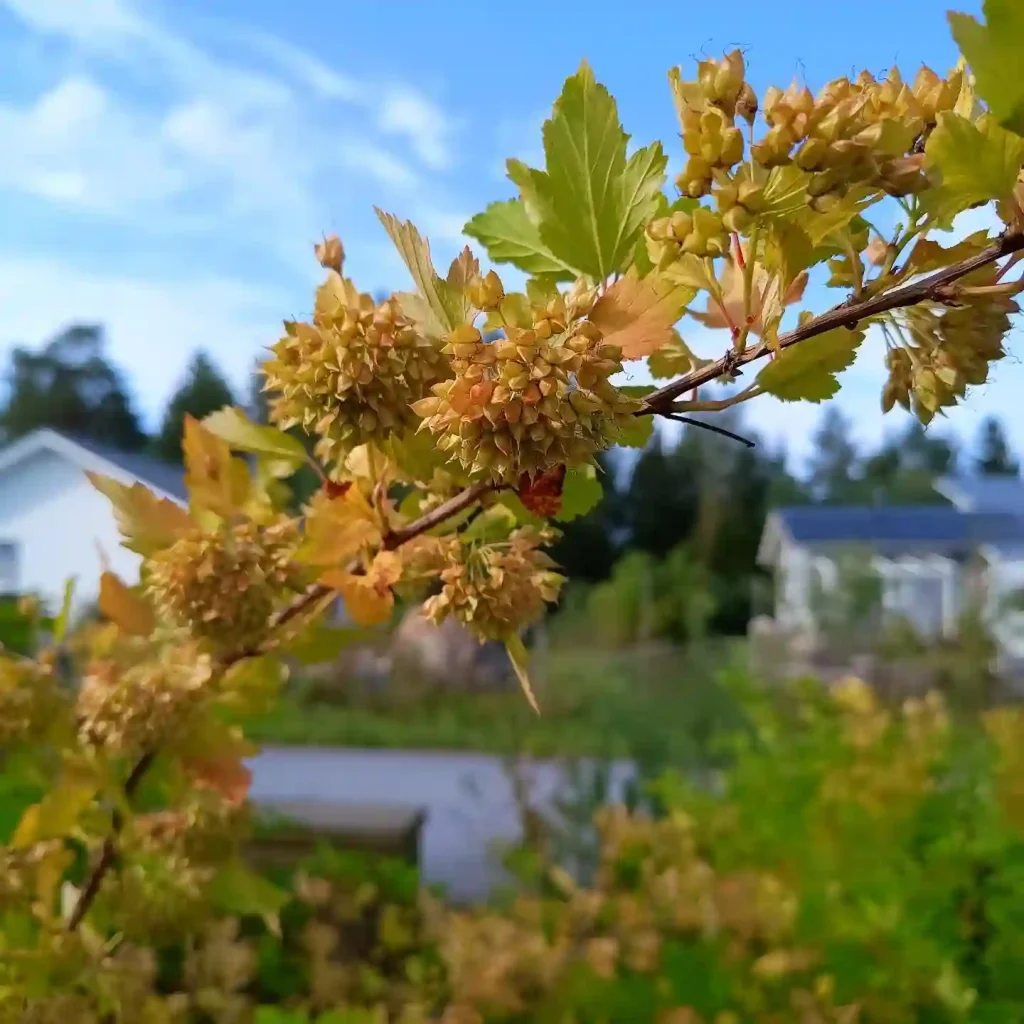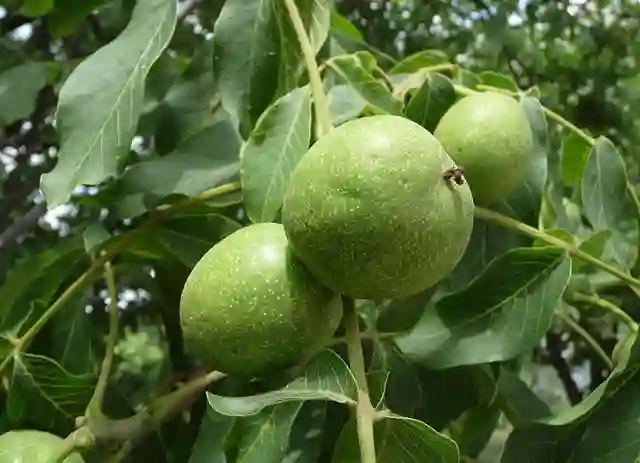
FAQs About Amelanchier Alnifolia
Amelanchier Alnifolia, also known as the Saskatoon Berry or Serviceberry, is a plant I’ve grown quite fond of over the years. Its versatility and unique features make it a topic of frequent curiosity. Here’s a rundown of some common questions I’ve encountered about this plant, along with a few tips and insights from my own experience.
27 Species in Genus Amelanchier – Serviceberry
How Fast Does Amelanchier Alnifolia Grow?
When it comes to growth rate, Amelanchier Alnifolia can be quite rewarding. In my experience, this plant generally grows at a moderate pace. Typically, you can expect it to reach about 12 to 24 inches per year. However, this rate can vary based on factors like soil quality, sunlight, and water availability. In optimal conditions, Amelanchier Alnifolia can reach its full height of around 10 to 15 feet in about 5 to 7 years. It’s a slow but steady grower that’s worth the wait.
Is Amelanchier Alnifolia ‘Smokey’ Edible?
Absolutely! The Amelanchier Alnifolia ‘Smokey’ variety is indeed edible. I’ve enjoyed the berries from this cultivar, and they are a delightful treat. The berries are sweet and have a taste somewhat akin to blueberries. They’re great for making jams, jellies, and even pies. Just make sure to harvest them when they are fully ripe for the best flavor. They can be eaten fresh or preserved for later use.
Where to Buy Amelanchier Alnifolia?
Finding Amelanchier Alnifolia can be quite straightforward if you know where to look. I usually purchase mine from local nurseries or garden centers that specialize in native plants. Online retailers and plant catalogs are also reliable sources. Websites like Burpee, White Flower Farm, and even Amazon have them available. Ensure you are buying from a reputable source to get a healthy plant.
What Is Amelanchier Alnifolia?
Amelanchier Alnifolia is a deciduous shrub or small tree native to North America. Known for its beautiful white flowers in spring, it also produces small, sweet berries in summer. The plant is valued for its ornamental appeal and its fruit, which is often used in culinary applications. It has attractive foliage that turns vibrant shades of red and orange in the fall, adding seasonal interest to any garden.
How to Care for Amelanchier Alnifolia?
Caring for Amelanchier Alnifolia is relatively simple. It thrives in well-drained soil and prefers full sun to partial shade. Regular watering is essential, especially during dry spells, but avoid waterlogging the roots. Pruning is minimal; just remove any dead or damaged branches to maintain the plant’s health and shape. It’s also beneficial to mulch around the base to retain moisture and suppress weeds.
How to Propagate Amelanchier Alnifolia?
Propagating Amelanchier Alnifolia can be done through seeds, cuttings, or division. I’ve had success with cuttings taken in late summer or early fall. For cuttings, select healthy stems and place them in a pot with well-draining soil. Keep them moist and in a shaded area until roots develop. Seeds can be sown in cold frames or directly into the soil after a period of stratification, which mimics winter conditions to break dormancy.
What to Plant With Amelanchier Alnifolia?
When planting Amelanchier Alnifolia, consider companions that complement its growth. I’ve paired it with native plants like Black-eyed Susans and Echinacea for a vibrant garden display. Its early spring flowers and fall color also blend well with other shrubs and perennials. Ensure that the companions have similar light and soil requirements for the best results.
Can You Grow Amelanchier Alnifolia Indoors?
Growing Amelanchier Alnifolia indoors is not ideal due to its size and light requirements. It’s best suited for outdoor spaces where it can receive ample sunlight. If you’re looking for indoor options, consider smaller, indoor-friendly plants that don’t require as much space.
Is Amelanchier Alnifolia Toxic?
No, Amelanchier Alnifolia is not toxic. It’s safe for both humans and pets. However, as with any plant, it’s a good idea to keep an eye on pets to prevent them from chewing on the foliage or berries.
Benefits of Amelanchier Alnifolia
One of the biggest benefits of Amelanchier Alnifolia is its versatility. It serves as an attractive ornamental plant with its beautiful flowers and fall foliage. Additionally, the berries are edible and nutritious, making it a functional addition to any garden. The plant also attracts birds and pollinators, enhancing the biodiversity of your garden.
Common Problems with Amelanchier Alnifolia
In my experience, Amelanchier Alnifolia can sometimes be susceptible to pests like aphids and spider mites. Regular monitoring and appropriate treatments can keep these issues in check. It can also suffer from fungal diseases like leaf spot, particularly in overly wet conditions. Ensuring good air circulation and avoiding overhead watering can help prevent these problems.
Comparing Amelanchier Alnifolia with Similar Plants
Amelanchier Alnifolia is often confused with Amelanchier Canadensis, which is also known as Serviceberry. While both have similar characteristics, Amelanchier Canadensis generally grows taller and has larger berries. Another comparison might be with Cotoneaster, which also has ornamental value but lacks the edible fruit that Amelanchier Alnifolia offers.
In summary, Amelanchier Alnifolia is a fantastic plant with a lot to offer. Whether you’re drawn to its ornamental beauty or its edible berries, it’s a worthy addition to any garden. With proper care and maintenance, it can thrive and bring many years of enjoyment.
If i die, water my plants!



